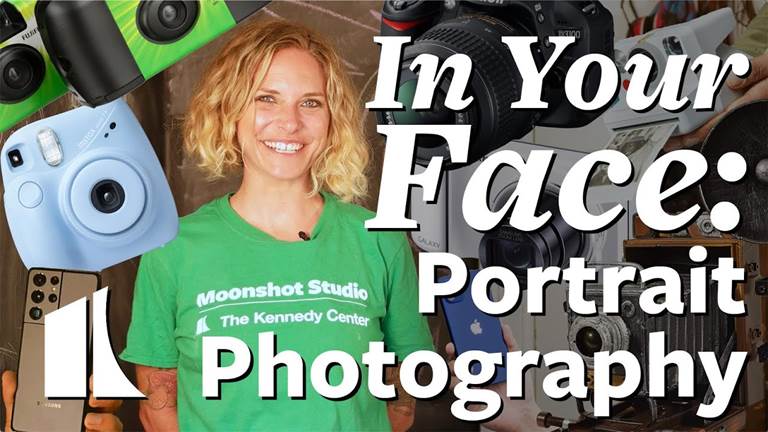The story of A’Lelia Walker begins with her mother, Madam Walker. The orphaned child of formerly enslaved people, Madam Walker parlayed an investment of $1.50 into an international business empire and a townhouse in Harlem, as well as a Westchester County mansion, called Villa Lewaro. Her hair-care products, including, “Madame Walker’s Wonderful Hair Grower,” eventually netted her more than $2 million in sales. (Contrary to a common assumption, Madam Walker did not invent a hair-straightening technique, but rather an overall hygiene system that cured scalp disease and promoted hair growth.)
When Madam Walker died in 1919, her only child, A’Lelia Walker, inherited her fortune. The heiress made contributions to many educational and political organizations and institutions that her mother had supported. However, she became more renowned for hosting lavish parties that fed her fascination with Harlem’s social and cultural life.
Walker dubbed her inherited Harlem mansion “The Dark Tower” after poet Countee Cullen’s column of the same name in Opportunity magazine. The Dark Tower became a cultural epicenter of Harlem. Walker invited scholars, bohemians, and musicians from Black and white communities to all-night marathons of dance, drink, and conversation. James Weldon Johnson and Zora Neale Hurston, among others, were regular attendees.
Walker entertained a more refined crowd at Villa Lewaro. Here she received such pillars of the Black intelligentsia as W. E. B. Du Bois, treating them to extravagant weekends where white-wigged African Americans served cocktails and canapés to guests lounging on expensive furniture.
Walker’s glamorous role granted her literary immortality: A’Lelia Walker appeared as a thinly disguised character in works by leading figures of the Harlem Renaissance, notably Zora Neale Hurston and Carl Van Vechten.









